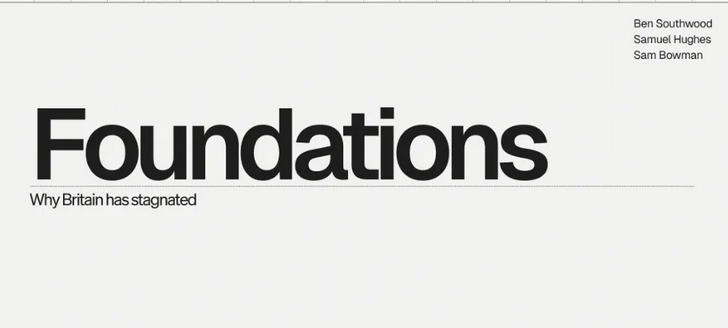At The Take, Jon Miltimore discusses a fake Ronald Reagan quote-on-a-poster being sold through Amazon and reveals that the quote actually originates with Karl Marx:
For just $9.99, people can go on Amazon and buy wall art of Ronald Reagan apparently defending the Second Amendment.
“Under no pretext should arms and ammunition be surrendered,” the text reads next to a picture of Reagan; “any attempts to disarm the people must be stopped, by force if necessary”.
There are a few problems with the quote, but the biggest one is that Reagan never said it.
As numerous fact checkers have noted — including Reuters, Snopes, Factcheck.org, and Politifact — the author of the quote is none other than Karl Marx, the German philosopher and author of The Communist Manifesto who used language nearly verbatim to this in an 1850 address in London.
“Under no pretext should arms and ammunition be surrendered; any attempt to disarm the workers must be frustrated, by force if necessary,” Marx said in his “Address of the Central Committee to the Communist League“.
Marxists Not Embracing Marx’s Messaging?
In fairness to the many internet users duped by the fake Reagan meme, the quote sounds a bit like something Reagan could have said (though it’s highly unlikely the Gipper, a skilled and careful orator, would have ever said “by force if necessary”).
Reagan, after all, generally — though not universally — supported gun rights and was skeptical of efforts to restrict firearms.
“You won’t get gun control by disarming law-abiding citizens,” Reagan famously noted in a 1983 speech.
Some might be surprised that Marx and Reagan had similar views on gun control. Marx was of course the father of communism, whereas Reagan was famously anti-communist. Moreover, Marx’s modern disciples are staunch supporters of gun control, whether they identify as socialists or progressives.
“Guns in the United States pose a real threat to public health and safety and disproportionately impact communities of color,” Nivedita Majumdar, an associate professor of English at John Jay College, wrote in the Marxist magazine Jacobin. “Their preponderance only serves corporate interests, a corrupt political establishment, and an alienated capitalist culture.”
This distaste for guns goes beyond socialist magazines. As The Atlantic reported during the 2020 presidential election cycle, progressive politicians are increasingly embracing more stringent federal gun control laws.
“No longer are primary candidates merely calling for tighter background checks and a ban on assault weapons,” journalist Russell Berman wrote; “in 2019, contenders like Senator Cory Booker of New Jersey and Representative Beto O’Rourke of Texas were calling for national licensing requirements and gun-buyback programs”.
The point here is not to disparage politicians like O’Rourke and Booker as “Marxists”, a label they’d almost certainly object to. The point is that progressive politicians like Rep. Alexandria Ocasio-Cortez (D-NY) might channel Marx in their class rhetoric, but they are not embracing his messaging when it comes to the proletariat’s access to firearms.
As it happens, this is a common theme with Marxists throughout history.













